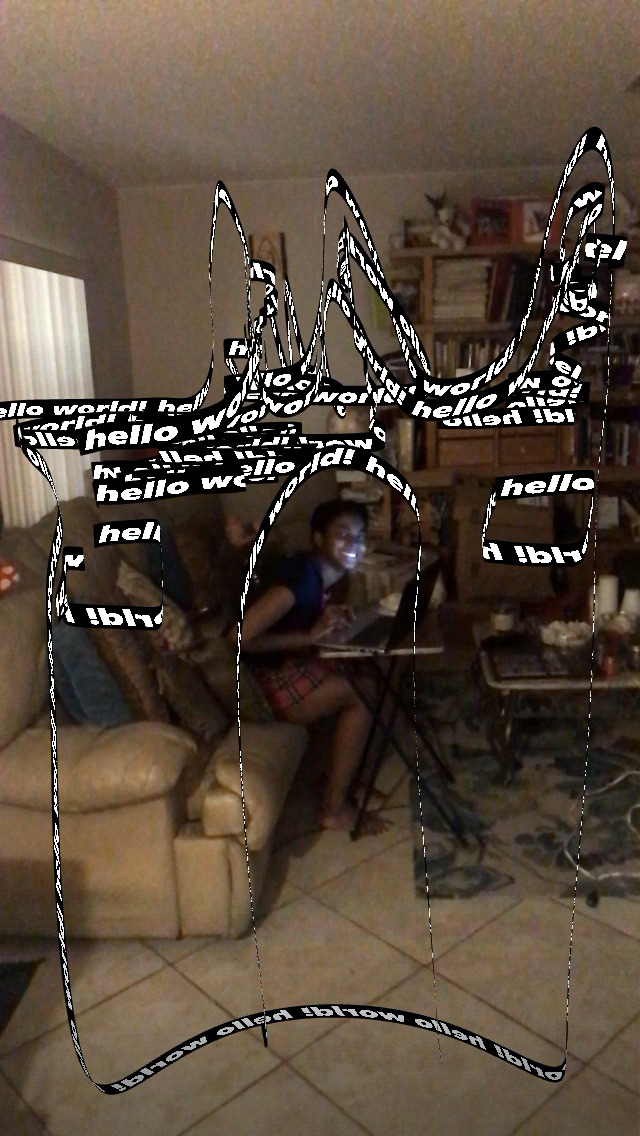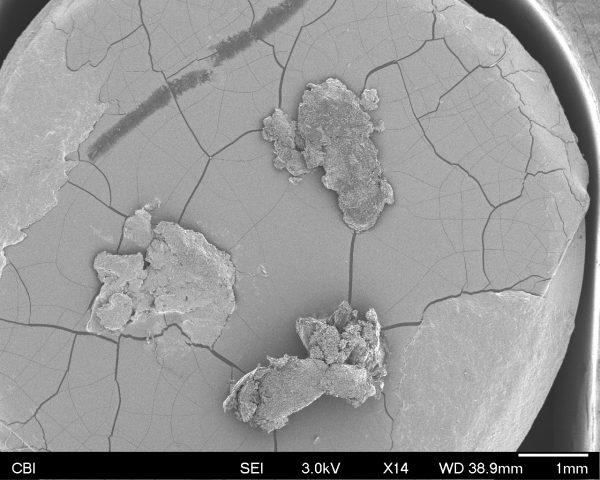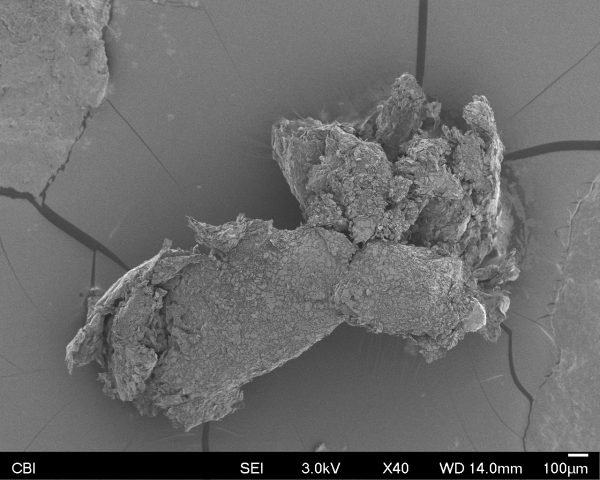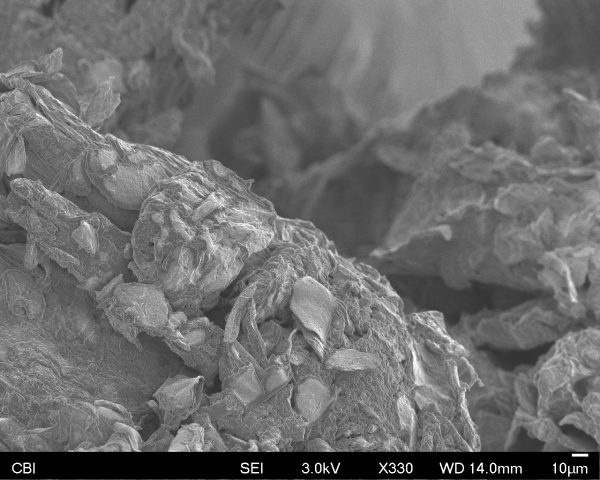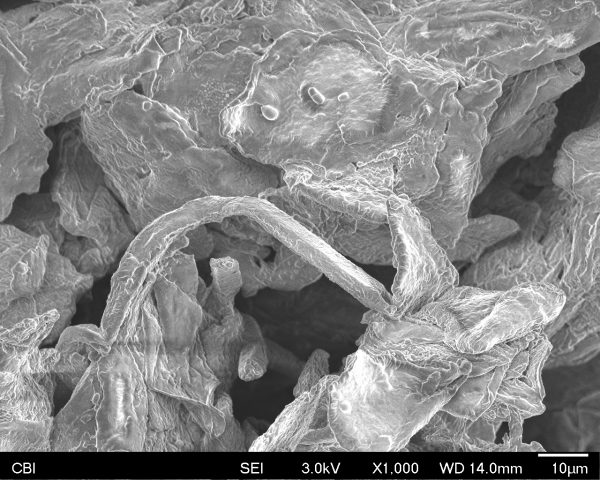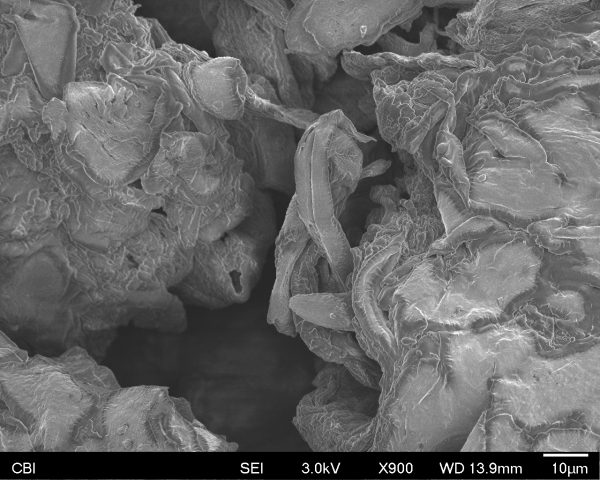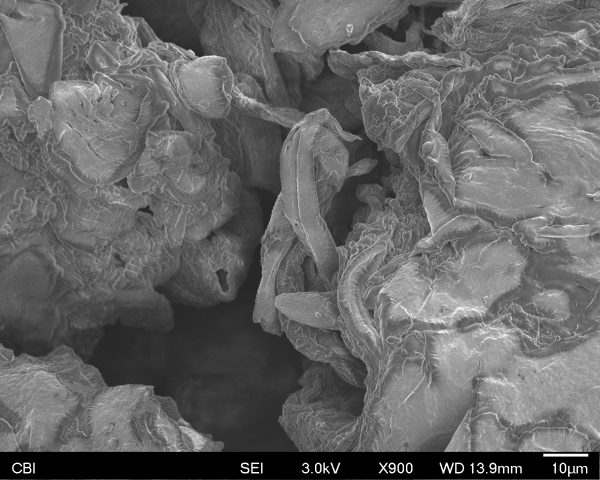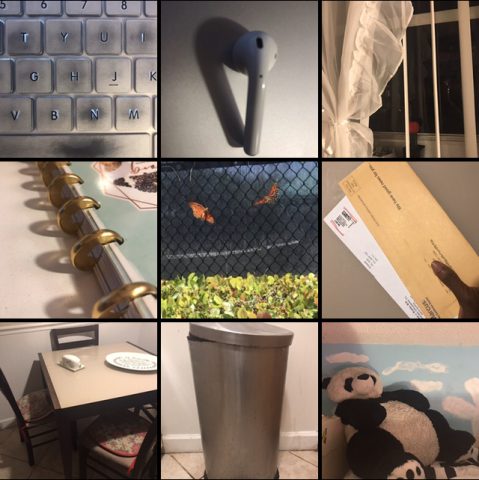
Left to right,
1)My Laptop Keyboard – My new primary method of communication, under more pressure and battery than usual
2)A Headphone – Living in a small apartment with 4 people, music is the only way to be able to hear my thoughts amidst the chatter. Usually, I rarely use headphones at home, since I lived alone when I was at school. I could trust home to be a quiet space to gather my thoughts without interruptions.
3) Window in front of my desk – My primary source of sunlight and peephole into the outside world, now forbidden.
4) My planner – Less so for managing a busy schedule, and more to keep me moving throughout the day and not getting stuck in a black hole of contemplation. Reminders of little things like drinking water and getting up are mixed in with actual tasks and activities I would normally do routinely, but have less urgency in today’s digital world.
5)Butterflies on an adventure – A reminder that while humans are struggling, nature is healing, if not flourishing. In a way, we’re giving it space to breathe.
6) Mail – Going to the mailbox is a new quest carrying correspondence from the outside world, although not particularly informative. A potential imposter, carrying the virus.
7) Kitchen Table- A gathering point of the only true human interaction.
8)Trash can – Removing waste has become a chance for fresh air I now look forward to. I’ve also made a habit to call one particular friend to say goodnight every day on my walk to the dumpster.
9) Giant Panda – A weight that helps me calm down enough to sleep.



